-
 Bitcoin
Bitcoin $118600
-1.16% -
 Ethereum
Ethereum $3616
-2.94% -
 XRP
XRP $3.174
-10.23% -
 Tether USDt
Tether USDt $1.000
0.01% -
 BNB
BNB $773.4
-0.42% -
 Solana
Solana $189.3
-6.58% -
 USDC
USDC $1.000
0.02% -
 Dogecoin
Dogecoin $0.2406
-10.24% -
 TRON
TRON $0.3098
-1.24% -
 Cardano
Cardano $0.8139
-9.10% -
 Hyperliquid
Hyperliquid $44.01
-2.71% -
 Stellar
Stellar $0.4266
-9.64% -
 Sui
Sui $3.699
-7.29% -
 Chainlink
Chainlink $18.21
-6.60% -
 Hedera
Hedera $0.2465
-9.46% -
 Bitcoin Cash
Bitcoin Cash $512.3
-2.27% -
 Avalanche
Avalanche $24.03
-5.62% -
 Litecoin
Litecoin $112.2
-5.21% -
 UNUS SED LEO
UNUS SED LEO $8.964
-0.26% -
 Shiba Inu
Shiba Inu $0.00001386
-9.81% -
 Toncoin
Toncoin $3.188
-4.76% -
 Ethena USDe
Ethena USDe $1.001
-0.02% -
 Polkadot
Polkadot $4.135
-7.84% -
 Uniswap
Uniswap $10.16
-5.19% -
 Monero
Monero $310.5
-2.84% -
 Bitget Token
Bitget Token $4.702
-2.53% -
 Dai
Dai $0.0000
0.01% -
 Pepe
Pepe $0.00001270
-9.07% -
 Aave
Aave $290.7
-5.84% -
 Bittensor
Bittensor $424.7
-5.28%
Must I stop loss when the SAR indicator turns green?
When the SAR turns green, it signals a potential bullish reversal, but traders should confirm with other indicators before adjusting stop losses.
Jun 29, 2025 at 09:49 am
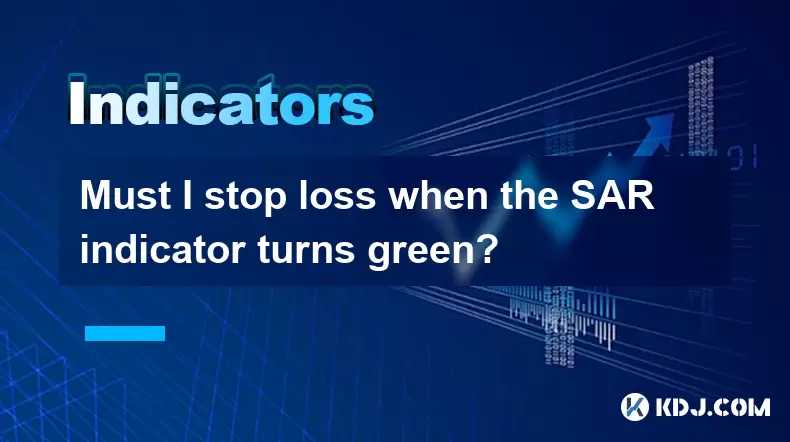
Understanding the SAR Indicator and Its Signals
The SAR (Stop and Reverse) indicator is a popular technical analysis tool used by traders in cryptocurrency markets to identify potential reversals in price trends. When the SAR dot changes from above the price to below it, the color typically shifts to green on many charting platforms, signaling a possible bullish reversal. This visual change is critical for traders who rely on this indicator for entry or exit points.
Green dots under the price bars indicate that the trend has shifted from bearish to bullish, suggesting that it may be time to close short positions or consider entering long positions. However, the question of whether one should stop loss at this point requires deeper exploration, especially in volatile markets like cryptocurrencies where false signals are common.
What Happens When the SAR Turns Green?
When the SAR turns green, it means that the momentum has potentially shifted from downward to upward. The algorithm behind the SAR calculates acceleration and maximum price levels to determine when such a reversal might occur. In practice, this often results in a series of green dots appearing below the candlesticks, indicating that bulls are gaining control.
It's important to understand that the SAR does not provide information about the strength of a trend—only its direction. Therefore, while the appearance of green SAR markers can suggest a reversal, they should not be treated as an automatic signal to place or remove stop losses without additional context or confirmation.
Should You Adjust Stop Loss Orders Based on SAR Turning Green?
Many traders use the SAR indicator to trail their stop loss orders, particularly in trending markets. If you're holding a long position and the SAR remains green, some strategies involve trailing your stop loss just below the SAR dots. Conversely, if you're short and the SAR turns green, it could signal that it's time to close your position.
However, blindly following the SAR to adjust stop loss levels can lead to premature exits, especially during sideways or choppy market conditions. Cryptocurrency markets are known for sudden spikes and dips, which can cause the SAR to flip-flop between green and red, triggering unnecessary stop losses.
Instead of relying solely on the SAR turning green, consider combining it with other tools such as moving averages, RSI, or volume indicators to confirm the trend before adjusting your stop loss.
How to Use the SAR Indicator Effectively in Crypto Trading
To avoid making hasty decisions based solely on the SAR turning green, follow these steps:
- Identify the prevailing trend: Before acting on any SAR signal, determine whether the overall market is trending or ranging. The SAR works best in strong trending environments.
- Use additional confirmation tools: Look for supporting signals from other indicators like MACD or volume surges that align with the SAR turning green.
- Observe price action: Check if candles are forming higher highs and higher lows, reinforcing the idea of a bullish reversal.
- Test historical accuracy: Backtest how the SAR performed in previous similar setups within the same crypto pair to assess reliability.
- Avoid overtrading: Just because the SAR flips green doesn't mean you must act immediately. Wait for stronger confluence before modifying your stop loss or entering a new trade.
By applying these techniques, you can reduce the number of false signals and improve your decision-making process when using the SAR indicator in real-time trading scenarios.
Common Mistakes Traders Make with the SAR Indicator
One of the most frequent errors made by novice traders is treating the SAR turning green as a guaranteed reversal signal. In reality, the SAR can generate multiple false signals in ranging markets, leading to repeated stop-outs and emotional trading.
Another mistake involves placing stop losses too tightly based only on the SAR level without considering volatility. For example, during high volatility periods in crypto markets, prices can spike past the SAR level momentarily, triggering a stop loss even though the trend continues afterward.
Additionally, many traders fail to adapt the SAR settings to different assets or timeframes, resulting in suboptimal performance. The default acceleration factor may not suit fast-moving cryptocurrencies, so adjusting parameters can help fine-tune the indicator’s sensitivity.
FAQ: Frequently Asked Questions
Q: Can the SAR indicator be used alone for setting stop losses in crypto trading?
A: While the SAR is useful for identifying trend reversals, it's not recommended to use it in isolation. Combine it with other tools to validate signals and reduce the risk of false triggers.
Q: How do I know if the SAR turning green is a reliable signal?
A: Look for confluence with other indicators, check the broader trend, and observe volume and price action. If multiple signals align, the SAR turning green becomes more trustworthy.
Q: What should I do if the SAR keeps flipping between green and red frequently?
A: This usually indicates a ranging or choppy market. Avoid aggressive trading in such conditions and wait for clearer trend formation before adjusting stop losses.
Q: Does the SAR work better on certain timeframes in crypto trading?
A: The SAR tends to perform better on higher timeframes like 1-hour or daily charts, where trends are more defined and less prone to noise compared to lower timeframes like 5-minute or 15-minute charts.
Disclaimer:info@kdj.com
The information provided is not trading advice. kdj.com does not assume any responsibility for any investments made based on the information provided in this article. Cryptocurrencies are highly volatile and it is highly recommended that you invest with caution after thorough research!
If you believe that the content used on this website infringes your copyright, please contact us immediately (info@kdj.com) and we will delete it promptly.
- Score Big This Season with the BetMGM Bonus Code: Your Ticket to MLB Bonus Bets!
- 2025-07-24 06:50:12
- Bitcoin: From Digital Gold Rush to Evolving Asset Class
- 2025-07-24 06:50:12
- Shiba Inu's $1 Dream: Major Hurdles and Community-Driven Hope
- 2025-07-24 06:30:13
- Ethereum, Altcoins, and BlockDAG: Navigating the Crypto Landscape
- 2025-07-24 06:30:13
- Dogecoin's Resistance Retest: Parabolic Move on the Horizon?
- 2025-07-24 04:50:13
- WLFI, Vaulta Token, and Holdings: Navigating the Web3 Revolution
- 2025-07-24 05:30:13
Related knowledge
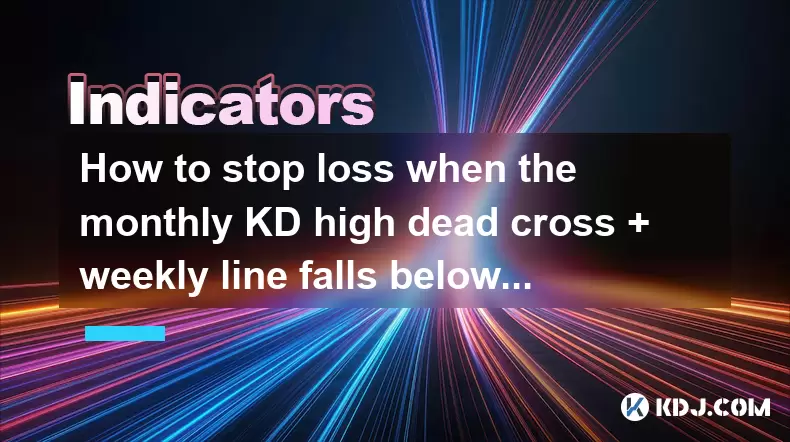
How to stop loss when the monthly KD high dead cross + weekly line falls below the 20-week line + daily line pulls back on the 5-day line?
Jul 24,2025 at 07:00am
Understanding the Indicators: KD, Weekly, and Daily Moving AveragesWhen traders analyze cryptocurrency price movements, they often rely on technical i...
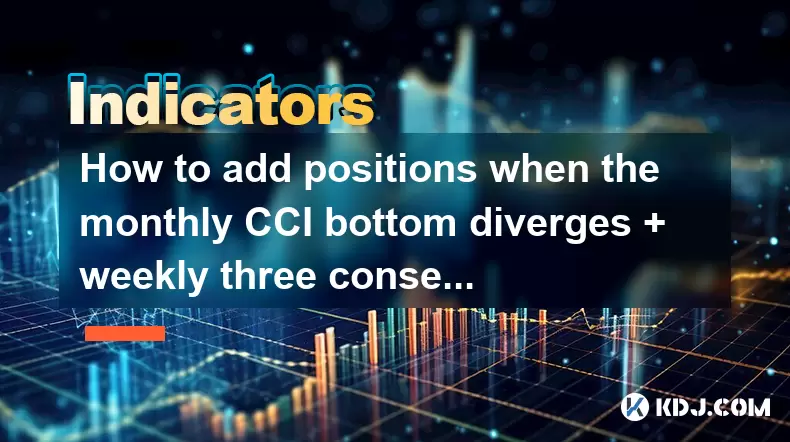
How to add positions when the monthly CCI bottom diverges + weekly three consecutive Yang + daily line gap is not filled?
Jul 24,2025 at 05:22am
Understanding the Monthly CCI Bottom DivergenceWhen analyzing the monthly CCI bottom divergence, traders are identifying a potential reversal signal i...
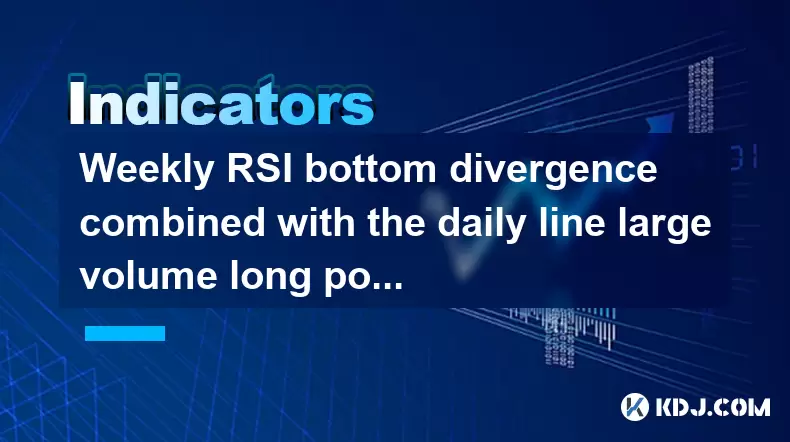
Weekly RSI bottom divergence combined with the daily line large volume long positive start signal
Jul 24,2025 at 05:28am
Understanding RSI Bottom Divergence in Cryptocurrency TradingIn the context of cryptocurrency trading, RSI bottom divergence is a powerful technical s...
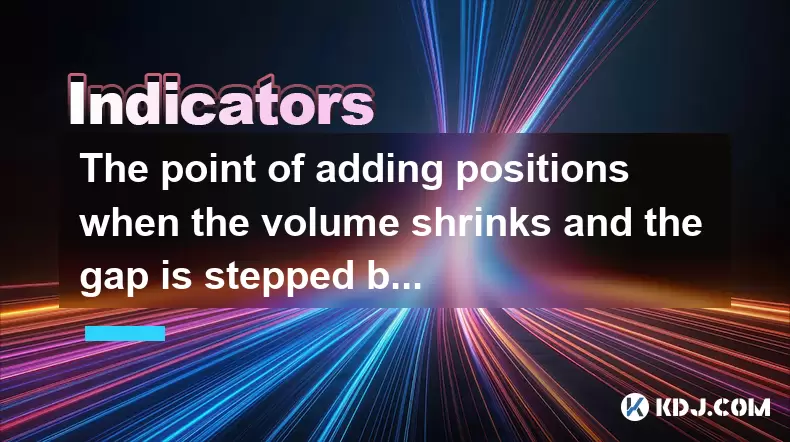
The point of adding positions when the volume shrinks and the gap is stepped back after the gap is jumped
Jul 24,2025 at 04:56am
Understanding the Gap Jump Phenomenon in Cryptocurrency TradingIn cryptocurrency trading, a gap jump occurs when the price of a digital asset opens si...
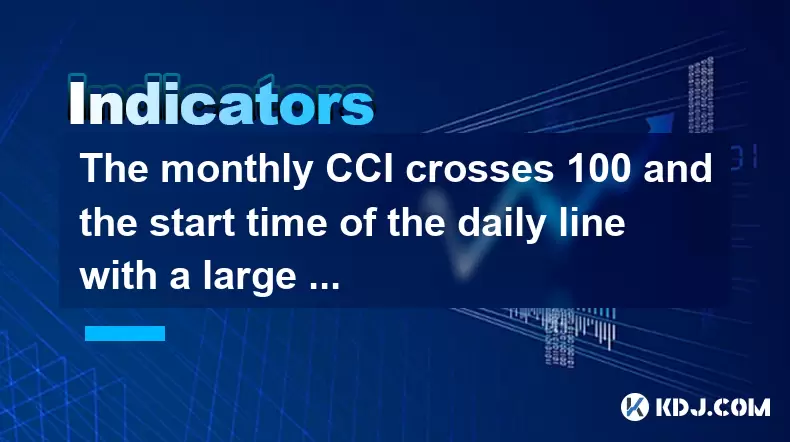
The monthly CCI crosses 100 and the start time of the daily line with a large volume positive line
Jul 24,2025 at 03:56am
Understanding the Monthly CCI Indicator and Its Significance at 100The Commodity Channel Index (CCI) is a momentum-based oscillator used to identify o...
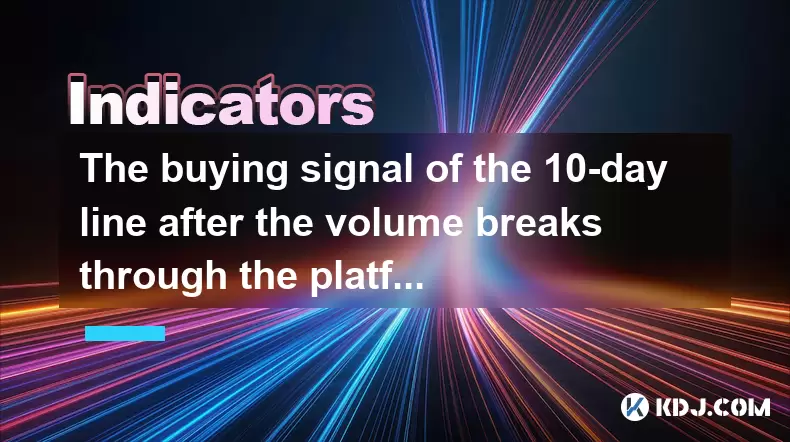
The buying signal of the 10-day line after the volume breaks through the platform
Jul 24,2025 at 06:00am
Understanding the 10-Day Moving Average in Cryptocurrency TradingIn cryptocurrency trading, moving averages are essential tools for identifying trends...

How to stop loss when the monthly KD high dead cross + weekly line falls below the 20-week line + daily line pulls back on the 5-day line?
Jul 24,2025 at 07:00am
Understanding the Indicators: KD, Weekly, and Daily Moving AveragesWhen traders analyze cryptocurrency price movements, they often rely on technical i...

How to add positions when the monthly CCI bottom diverges + weekly three consecutive Yang + daily line gap is not filled?
Jul 24,2025 at 05:22am
Understanding the Monthly CCI Bottom DivergenceWhen analyzing the monthly CCI bottom divergence, traders are identifying a potential reversal signal i...

Weekly RSI bottom divergence combined with the daily line large volume long positive start signal
Jul 24,2025 at 05:28am
Understanding RSI Bottom Divergence in Cryptocurrency TradingIn the context of cryptocurrency trading, RSI bottom divergence is a powerful technical s...

The point of adding positions when the volume shrinks and the gap is stepped back after the gap is jumped
Jul 24,2025 at 04:56am
Understanding the Gap Jump Phenomenon in Cryptocurrency TradingIn cryptocurrency trading, a gap jump occurs when the price of a digital asset opens si...

The monthly CCI crosses 100 and the start time of the daily line with a large volume positive line
Jul 24,2025 at 03:56am
Understanding the Monthly CCI Indicator and Its Significance at 100The Commodity Channel Index (CCI) is a momentum-based oscillator used to identify o...

The buying signal of the 10-day line after the volume breaks through the platform
Jul 24,2025 at 06:00am
Understanding the 10-Day Moving Average in Cryptocurrency TradingIn cryptocurrency trading, moving averages are essential tools for identifying trends...
See all articles

























































































